Inside the Fight for Old-Growth Forests at British Columbia’s Fairy Creek
Beneath the towering yellow cedars and Douglas firs of a west coast Canadian rainforest, police and protesters are battling over the future of one of the last unprotected old-growth watersheds on southern Vancouver Island.
The protests are local, but ramifications are global as biodiversity and climate change are inextricably linked with ancient trees. Unlike new tree plantations, old-growth forests in coastal British Columbia, with trees ranging from 250 to 2,000 years old, provide habitat for rare and endangered species and absorb climate-warming carbon dioxide.
The fight over Fairy Creek has put the focus on local forest policies and government promises to protect old growth, as recommended last year by the province’s old-growth strategic review panel. The province, which has not implemented most of the panel recommendations and is continuing to issue cutting permits, says that, for now, old-growth logging is essential for the industry that, last year, provided $1.3 billion in revenue and employs more than 50,000 people.
Saul Arbess, spokesman for the Rainforest Flying Squad, the grassroots group that has loosely organized the protests, says the prospect of losing Fairy Creek has galvanized people. “This is the last of its kind. It’s a magnificent green jewel…. We have had people of all ages and from all walks of life coming out here. It’s a critical moment,” Arbess says.
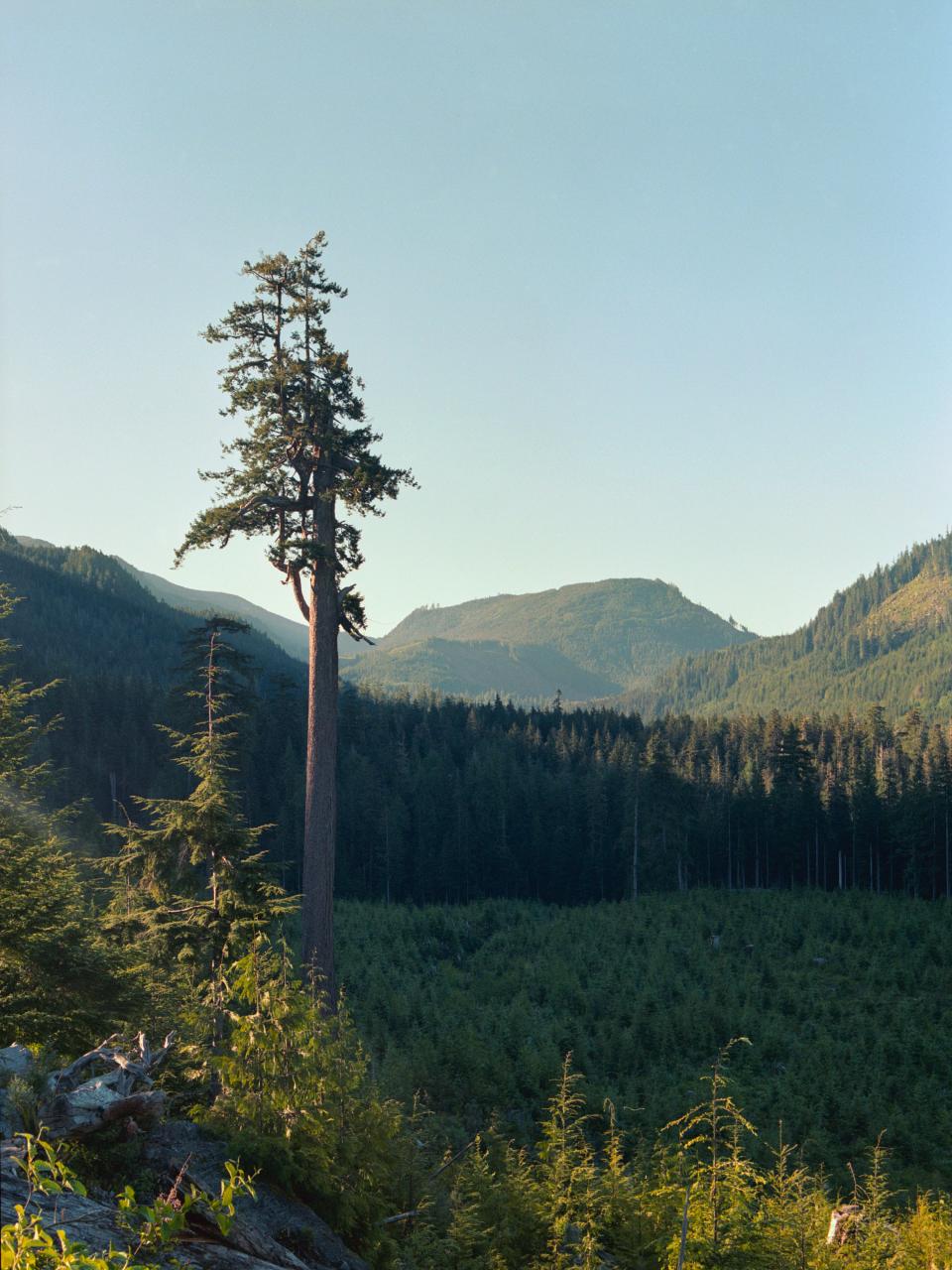
Protesters, who prefer to be called forest defenders, first moved into the Fairy Creek area last August, to prevent logging company Teal-Jones Group from cutting the ancient trees. After the forestry company obtained a court injunction in April, meaning protesters could be arrested, blockades spread across access points to the Fairy Creek and Central Walbran areas and the number of people camping out in the forest grew exponentially. Dozens of protestors keep continuous watch over the blockades, but the crowd has swelled up to an estimated 2,000 people over the weekends.
Protestors have included members of Pacheedaht, Ditidaht, and Huu-ay-aht First Nations, who were fighting for a deferral on logging to give them time to create their own forest stewardship plans. The province agreed to a two-year deferral on about 2,000 hectares of old growth, though that has not persuaded protesters to leave. Most say they are planning to stay until there is a moratorium on all old-growth logging in the province.
Government figures show 13.7 million hectares of old growth in B.C., but conservation groups point out that much of that is scrub or alpine forests, not giant trees that can grow up to 250 feet in the valleys.
A panel of independent scientists found last year that the massive trees of B.C. are on the brink of extinction and described the ecosystems as the “white rhino of old-growth forests.”
Jens Wieting, Sierra Club B.C.’s forest and climate campaigner, says less than 500,000 hectares of old growth with big trees remain in the province, which amounts to less than 1% of B.C.’s forests. “We are losing a legacy and all the environmental services that these forests provide for community and human health,” he adds.
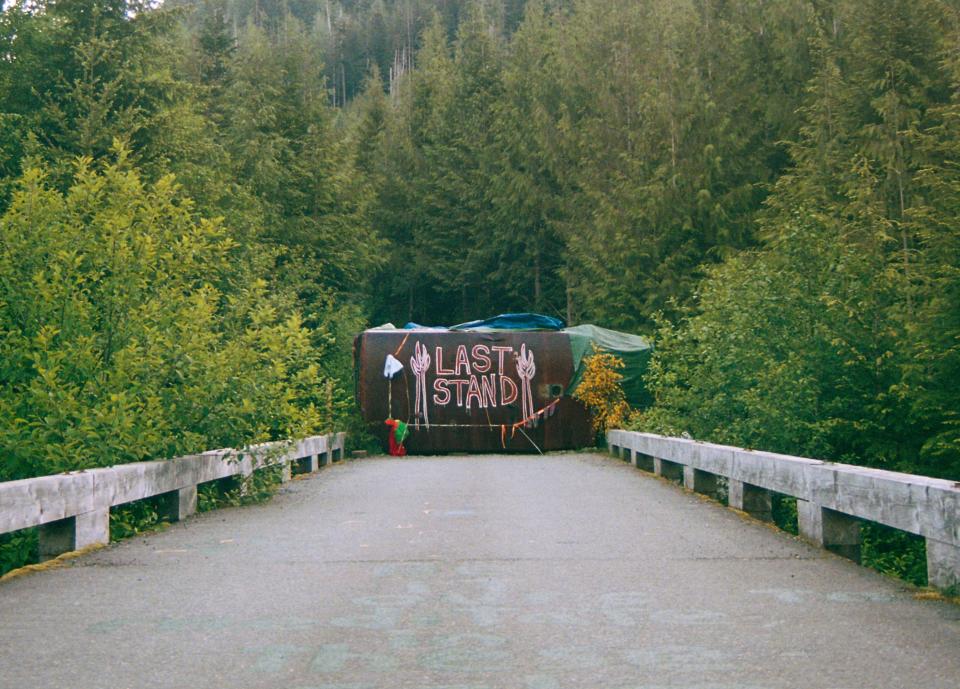
By June 20, the number of arrests by the Royal Canadian Mounted Police stood at 254, with most charged with breaching the injunction and obstruction, and others removed from the area without charges. The protests are being compared to the Clayoquot Sound protests of 1993—also known as “The War In the Woods”—when 900 people were arrested. The largest act of civil disobedience in Canadian history eventually helped lead to increased protection for the watersheds.
At Fairy Creek, demonstrators have climbed trees and attached themselves to logs to make arrests more difficult. Demonstrators have deplored tactics used by the RCMP, but journalists have largely been unable to verify accounts since they’ve been kept away from the immediate area by police using exclusion zones, leading to legal action by a group of Canadian news organizations. Ben Barclay, a Fairy Creek arrestee and organizer, says Fairy Creek has gone beyond saving one watershed. “It has become a rallying point for people who want to save the planet,” Barclay explains. “The people in Fairy Creek are not coming down out of the trees until there is legislation passed that stops old-growth cutting. It has to be criminalized.”


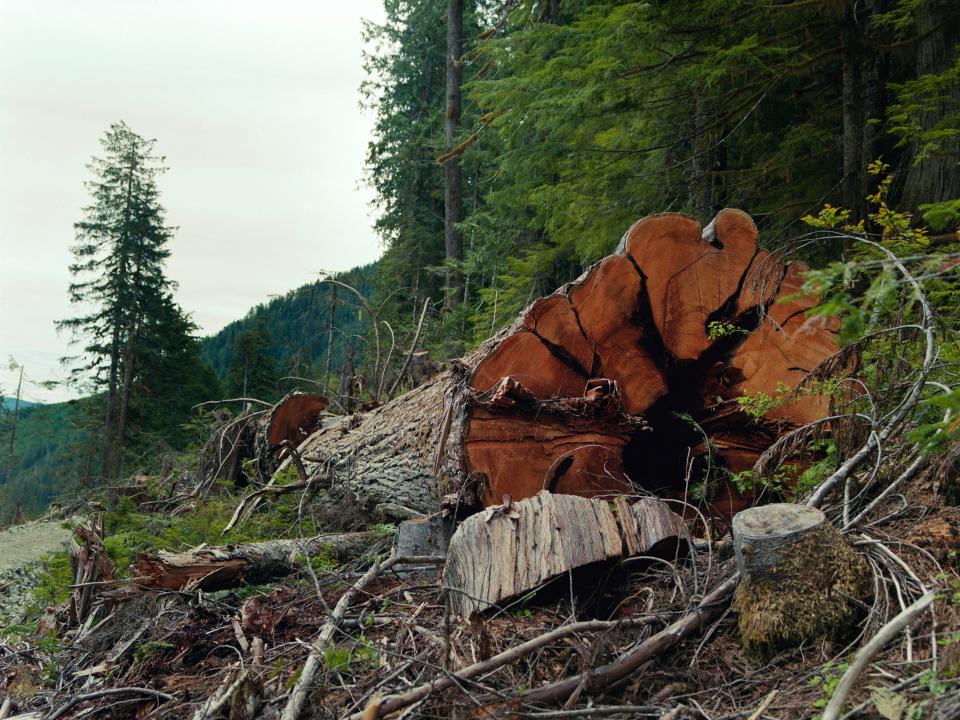
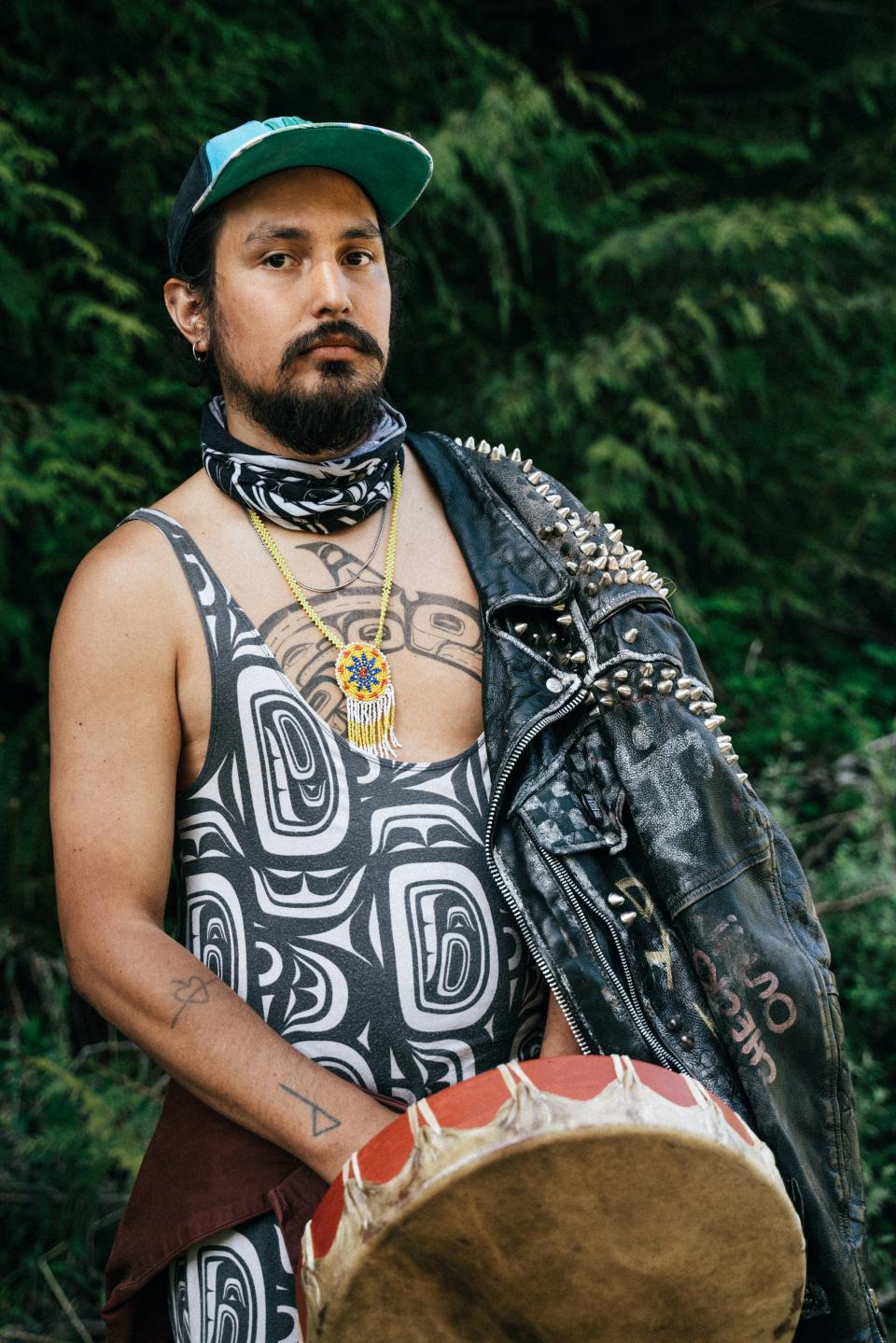

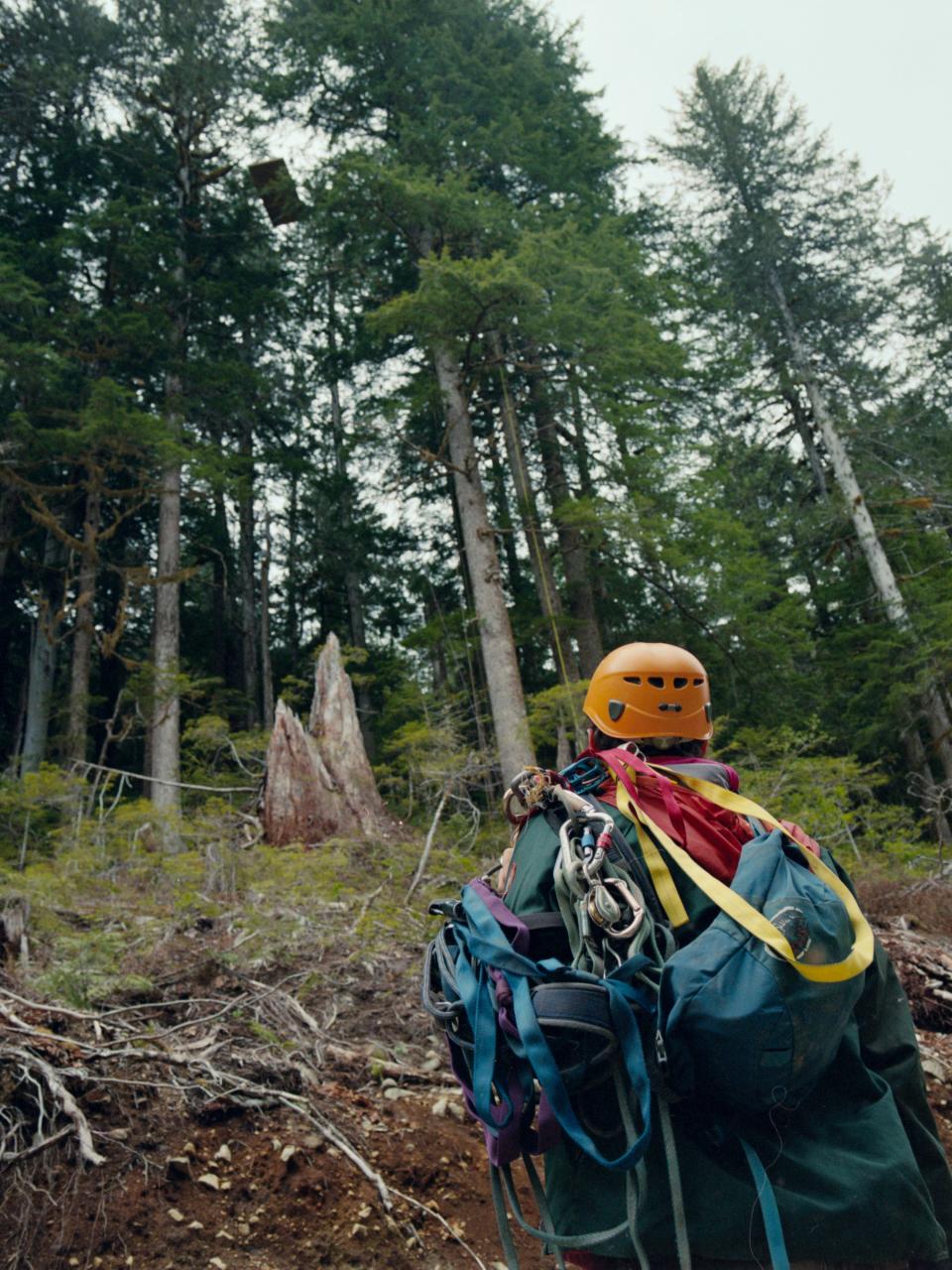
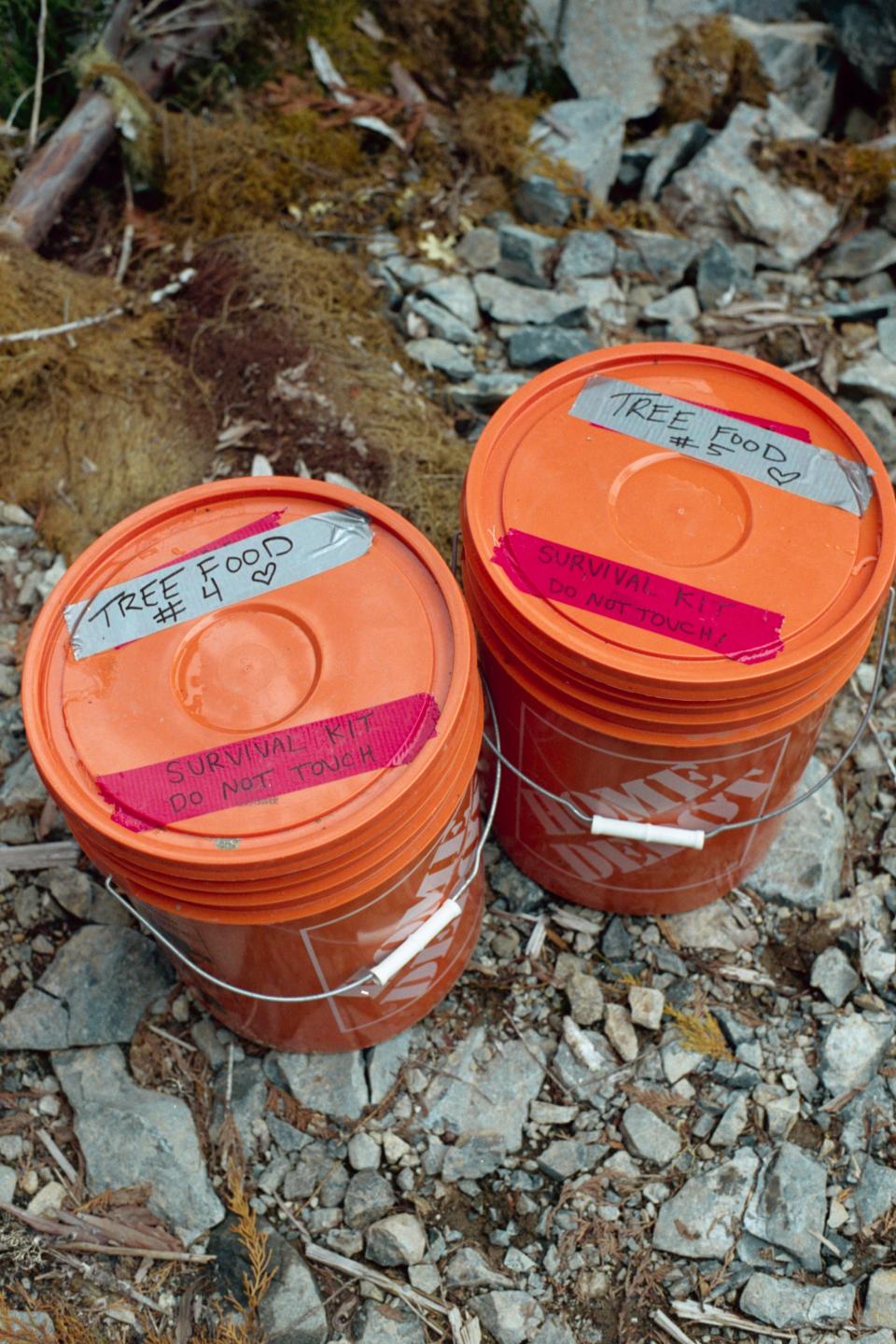
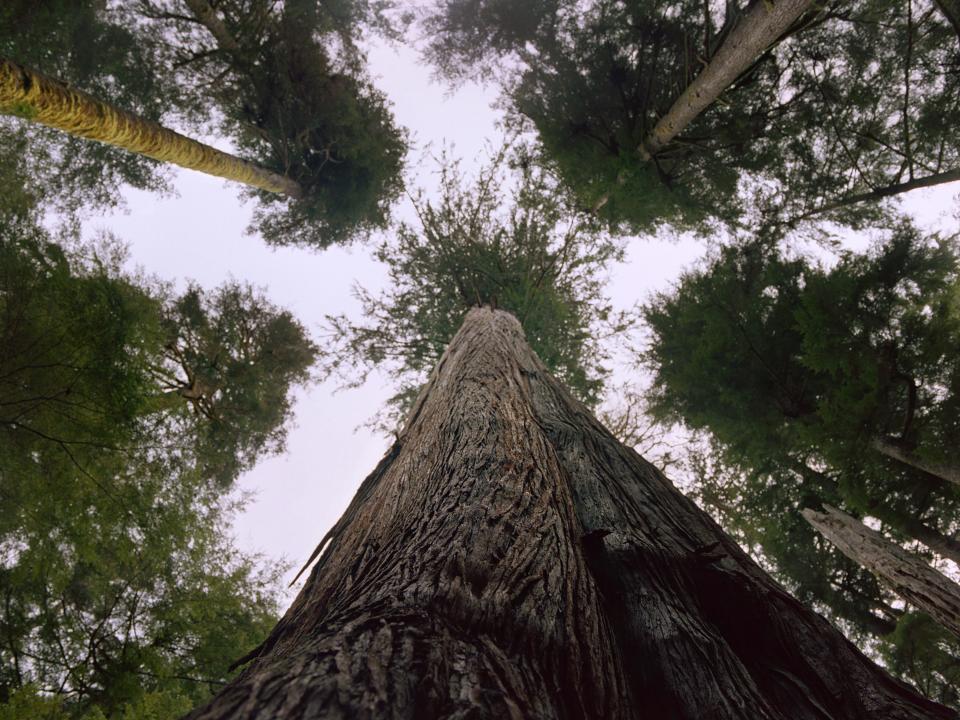
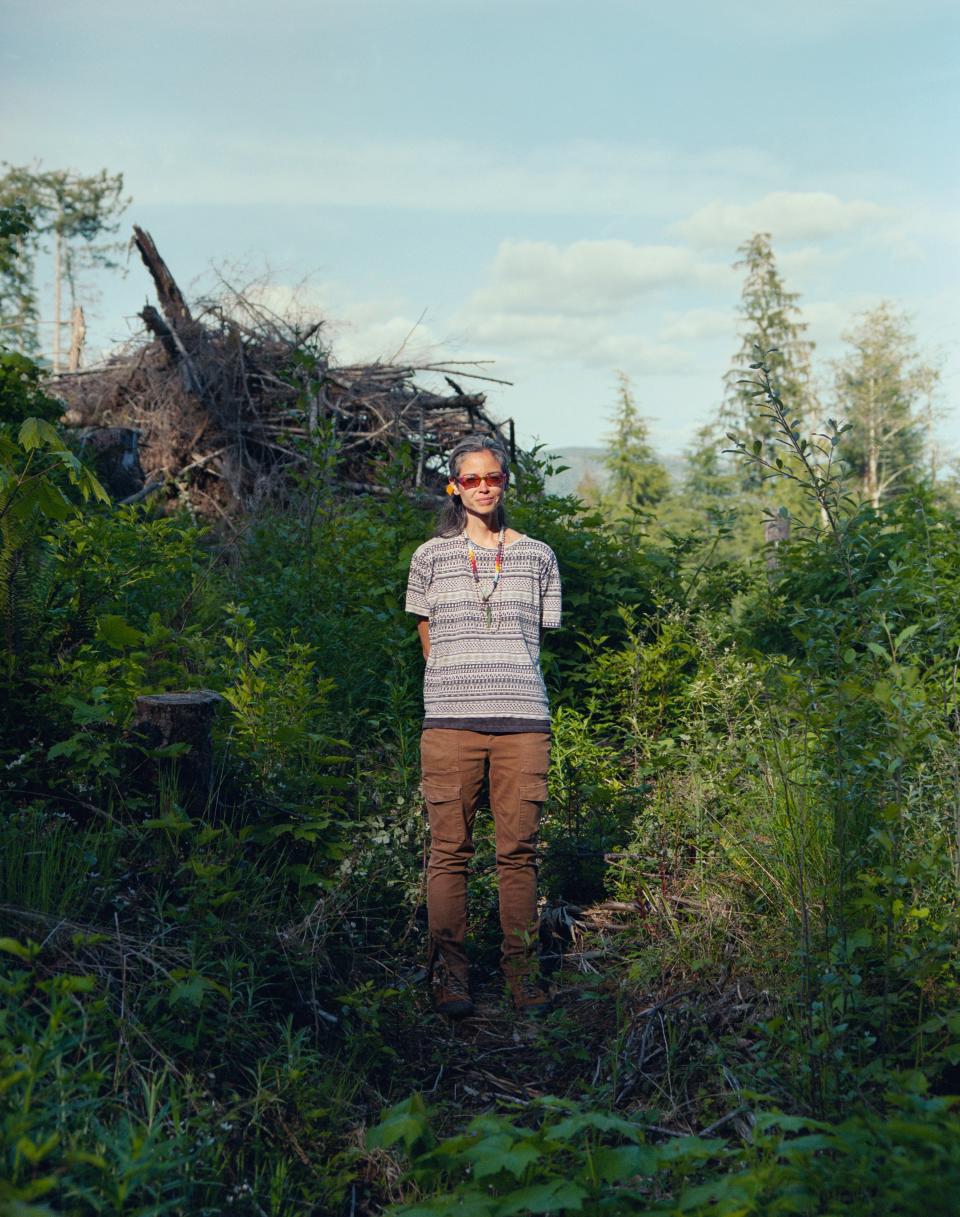


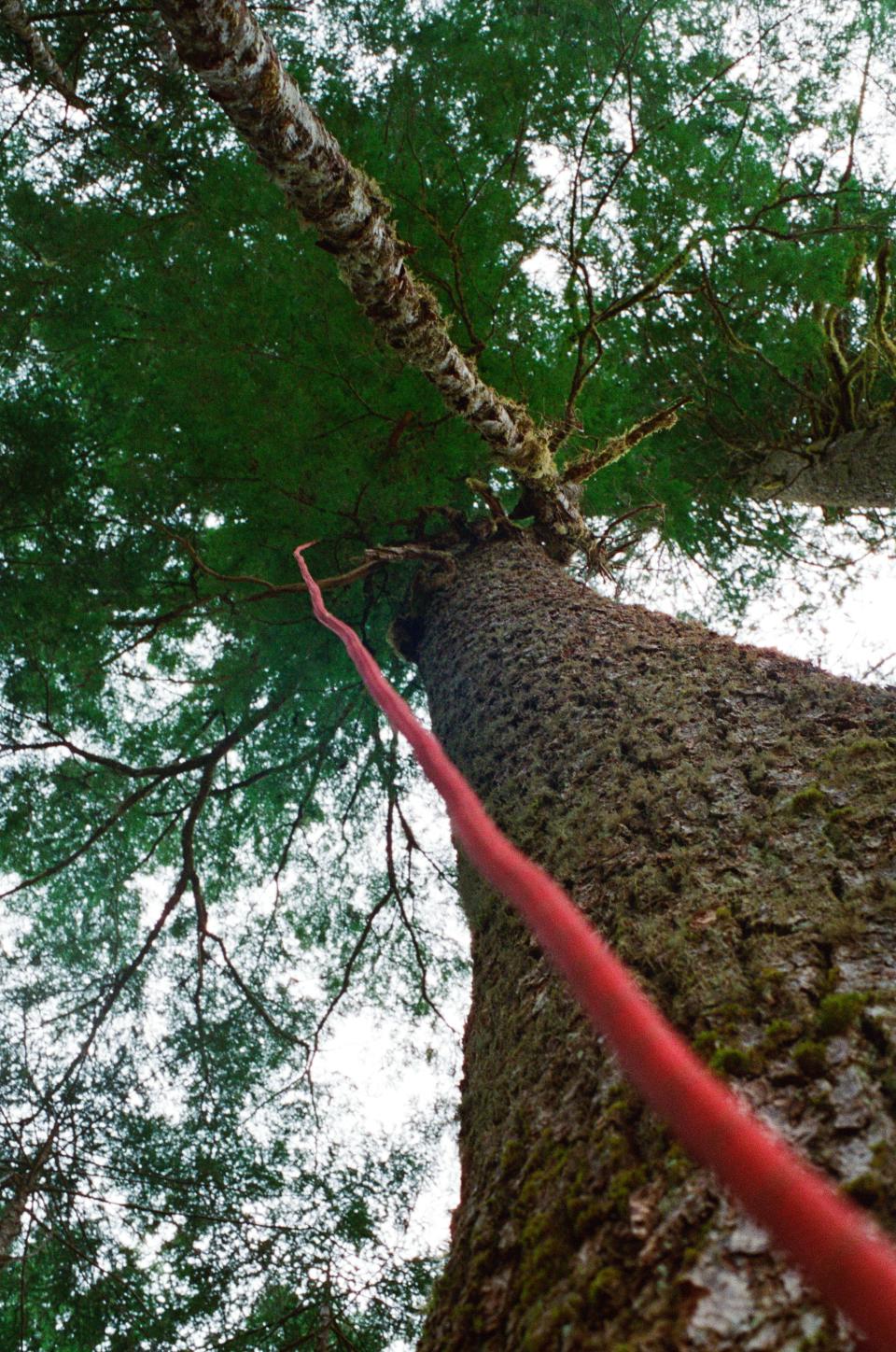

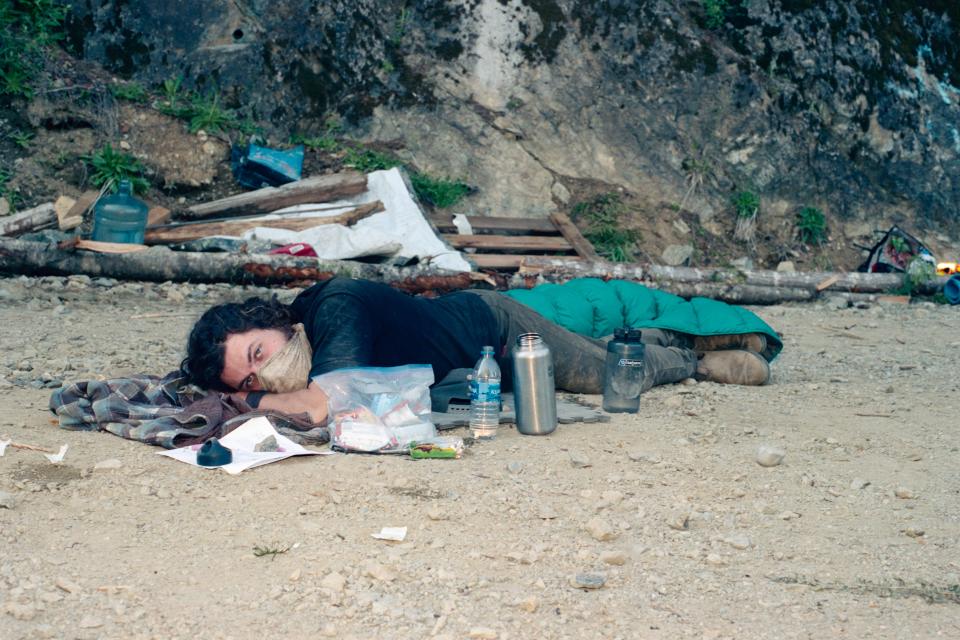
Originally Appeared on Vogue
